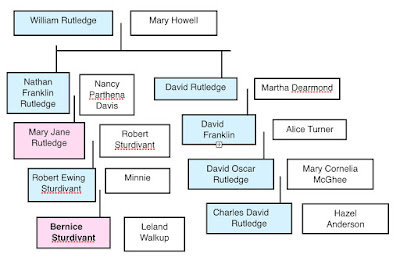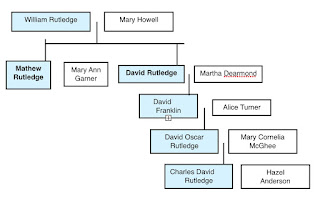This family tragedy happened in Kalamazoo, Michigan. I stumbled on it while researching Nellie Larabee Meeker's family in the Michigan newspapers. The Abraham L. Meeker family lived in Muskegon Heights, and a line in the community news said the family was called to Kalamazoo as family members had succumbed to poisonous mushrooms. Naturally this story needed to be followed further. I love mushrooms.
GenealogyBank has the Kalamazoo Gazette, and it was easy to follow the story through its pages. The family picked the mushrooms themselves as they were a favorite food of the father. That took me aback. I had often gone mushroom hunting with my father. We looked for morels and he always found them. I couldn't tell one from another, but he always knew which ones to pick and which ones to avoid.
Gilbert, 10, died first, followed shortly by his father. Then two daughters, Jessie (18) and Ruth (16). Mother Josephine was very, very ill and was not told of their deaths until several days after their funerals. All the children did not die, however, as two daughters were grown and married and son Henry, 12, was visiting in the country when the family ate the fatal meal.
The Kalamazoo community really came together after this family tragedy. The Gazette started a subscription list after the City Council voted $100 to help the family. More than $600 was raised, double the amount needed to pay the funeral costs. Funds came from all over, including money sent by a sailor on the U.S.N.S. Florida.
Apparently death by fungus was rampant in Michigan that year. State health authorities issued alerts and instructions on telling poisonous from non-poisonous mushrooms. After reading them, I wouldn't trust my ability to tell one from the other. I'll stick to the grocery store.
Josephine later married Michael Burns and Henry married Eunice Wagner in 1922, and they had 2 children listed in the 1930 census. Apparently he stayed in Kalamazoo because he died there in November 1976. Eunice died in 1971.















